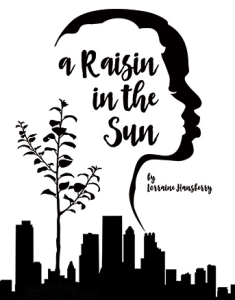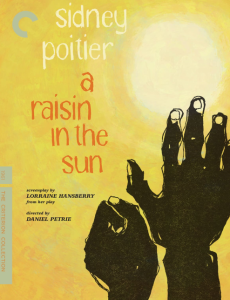a raisin in the sun pdf
A Raisin in the Sun: Exploring Dreams and Challenges in Lorraine Hansberry’s Timeless Masterpiece”
Introduction:
A Raisin in the Sun, written by Lorraine Hansberry and first performed in 1959, stands as a seminal piece of American literature and theater. The play explores the dreams, aspirations, and struggles of the Younger family, an African-American family living in Chicago’s South Side during the 1950s. Through powerful storytelling and compelling characters, Hansberry confronts issues of racial discrimination, generational conflicts, and the pursuit of the American Dream. In this article, we delve into the significance of A Raisin in the Sun, its impact on American culture, and the enduring relevance it holds today.
I. Historical Context:
To truly appreciate the impact of A Raisin in the Sun, it is crucial to understand the historical context in which it was written. The 1950s marked a period of immense racial tension in the United States, with the Civil Rights Movement gaining momentum. Segregation, discrimination, and limited opportunities were everyday realities for African-Americans. Hansberry’s play emerged amidst this backdrop, giving voice to the struggles faced by black communities while challenging societal norms and stereotypes.
II. The American Dream:
A central theme in A Raisin in the Sun is the pursuit of the American Dream. The Younger family, like many others during that era, aspired to a better life. For some, it meant economic prosperity, while for others, it meant breaking free from societal constraints. However, the play underscores the challenges faced by African-Americans in realizing their dreams, including systemic racism and the limitations imposed by poverty. Hansberry skillfully portrays the characters’ hopes and disappointments, painting a vivid picture of the complexities involved in pursuing the American Dream.
III. Gender Roles and Feminism:
A Raisin in the Sun also delves into the dynamics of gender roles within the African-American community. Hansberry presents strong female characters, such as Lena Younger (Mama) and Beneatha, who challenge traditional expectations and seek independence. Through these characters, the play examines the intersecting struggles of race and gender, shedding light on the experiences of black women during the time. Hansberry’s portrayal of female empowerment and the exploration of feminism within the play was groundbreaking for its time and continues to resonate today.
IV. Family and Generational Conflicts:
The Younger family serves as the focal point of the play, portraying the complexities of family relationships and generational conflicts. As each member of the family grapples with their individual dreams, tensions arise that reflect the larger issues faced by African-American families of that era. The play explores the sacrifices made for family unity, the clash of ideals between generations, and the resilience of familial bonds in the face of adversity. Through these dynamics, A Raisin in the Sun invites reflection on the universal themes of identity, personal growth, and the challenges of balancing individual aspirations with communal responsibilities.
V. Social and Political Commentary:
A Raisin in the Sun offers powerful social and political commentary on the racial and socioeconomic issues of its time. Hansberry fearlessly exposes the realities of racial discrimination, housing segregation, and the crushing weight of poverty. The play confronts these issues head-on, urging its audience to question societal norms and advocate for change. By humanizing the struggles of the Younger family, Hansberry challenges stereotypes and provides a platform for dialogue and understanding.
VI. Impact and Legacy:
Since its first production, A Raisin in the Sun has left an indelible mark on American theater and literature. It was the first play written by a black woman to be produced on Broadway, and its success paved the way for future generations of African-American playwrights and artists. The play’s enduring relevance is evident in its numerous revivals, adaptations, and its inclusion in school curricula. A Raisin in the Sun continues to be a catalyst for discussions on race, identity, and the pursuit of dreams.



